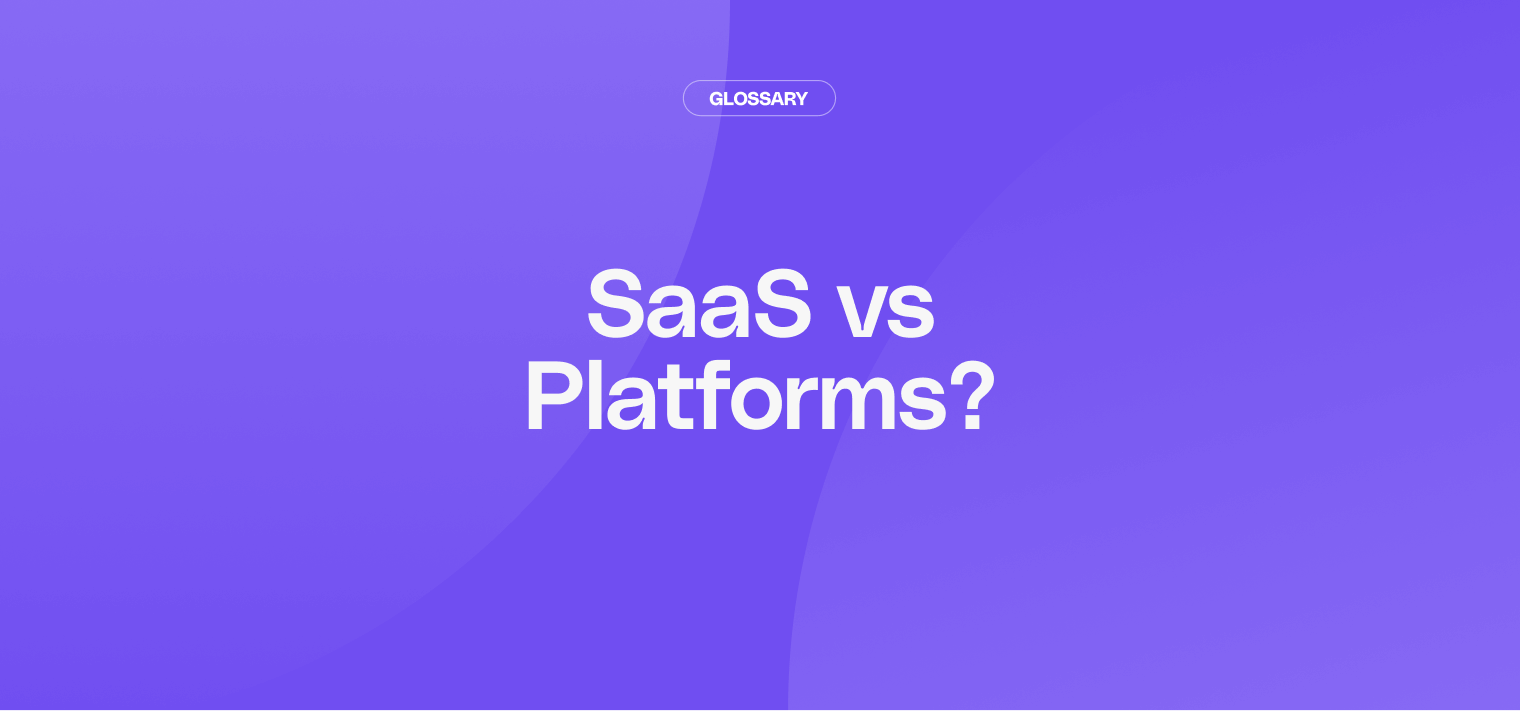In today's digital landscape, businesses seek efficient software solutions to streamline operations. Two popular options are Software as a Service (SaaS) and regular platforms. This post explores their differences, focusing on what sets cloud-based software platforms apart from traditional applications. Understanding these distinctions helps businesses choose the right solution for their unique needs.
| Key Element | Description | Optimization Tips |
|---|---|---|
| SaaS (Software as a Service) | A cloud-based delivery model where applications are hosted and maintained by a vendor, accessible via the internet. | Utilize the ease of use and quick deployment; minimize IT infrastructure and reduce upfront costs. |
| Platforms | Provides tools, services, and infrastructure for developers to create tailored applications. | Focus on flexibility and customization for unique business needs. |
| Key Differences | SaaS offers ready-to-use applications hosted by a vendor, while platforms provide tools for building and customizing applications. | Choose SaaS for simplicity and quick deployment; opt for platforms for tailored solutions and flexibility. |
| Strategies to Choose | Consider your business's specific needs, growth projections, and desired level of customization when selecting software. | Match your choice of software to your business requirements, IT capabilities, and future growth plans. |
Understanding cloud-based software services
Software as a Service (SaaS) is a cloud-based delivery model that has gained significant traction in recent years. In this model, applications are hosted and maintained by a vendor, allowing users to access them via the internet, typically through a web browser.
One of the key advantages of this approach is its ease of use and quick deployment. Businesses can start using these applications almost immediately, without the need for complex installations or extensive IT support. This makes cloud-based services an attractive option for companies of all sizes, especially those looking to minimize their IT infrastructure and reduce upfront costs.
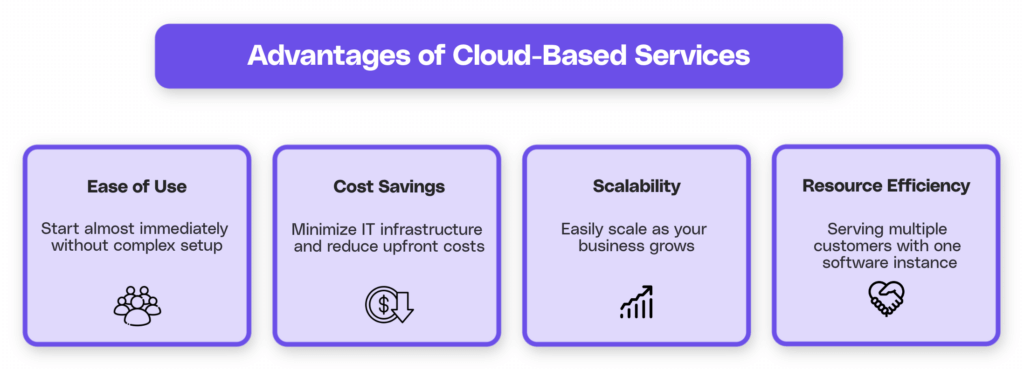
These multi-tenant applications serve multiple customers with a single software instance, allowing cost-effective scalability and efficient resource use. Businesses can easily scale without worrying about hardware limitations or software updates.
The power of platforms
Regular platforms, on the other hand, provide a foundation for building and deploying custom software solutions. They offer a set of tools, services, and infrastructure that developers can use to create tailored applications that address specific business needs.
The primary strength of platforms lies in:
- Flexibility: Adaptable to various business needs
- Customization Options: Tailor-made solutions
Businesses can build unique solutions that perfectly align with their workflows and processes. This level of customization can provide a significant competitive advantage, especially in industries with specialized requirements.

Platforms come with a vibrant developer and partner ecosystem, contributing additional functionalities, integrations, and extensions. This collaboration fosters innovation and allows businesses to leverage a broader pool of expertise.
SaaS platforms: the best of both worlds
Cloud-based software platforms represent a hybrid approach that combines elements of both cloud services and traditional platforms. They offer the convenience and accessibility of cloud-based applications while providing the flexibility and customization options typically associated with regular software platforms.
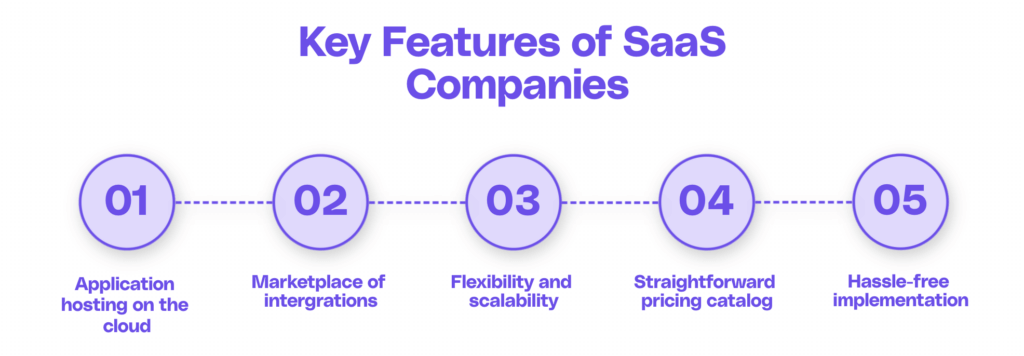
A cloud-based platform delivers a core set of features as a ready-to-use application. However, it also includes tools and capabilities that allow businesses to extend and customize the software to meet their specific needs. This approach provides a balance between out-of-the-box functionality and tailored solutions.
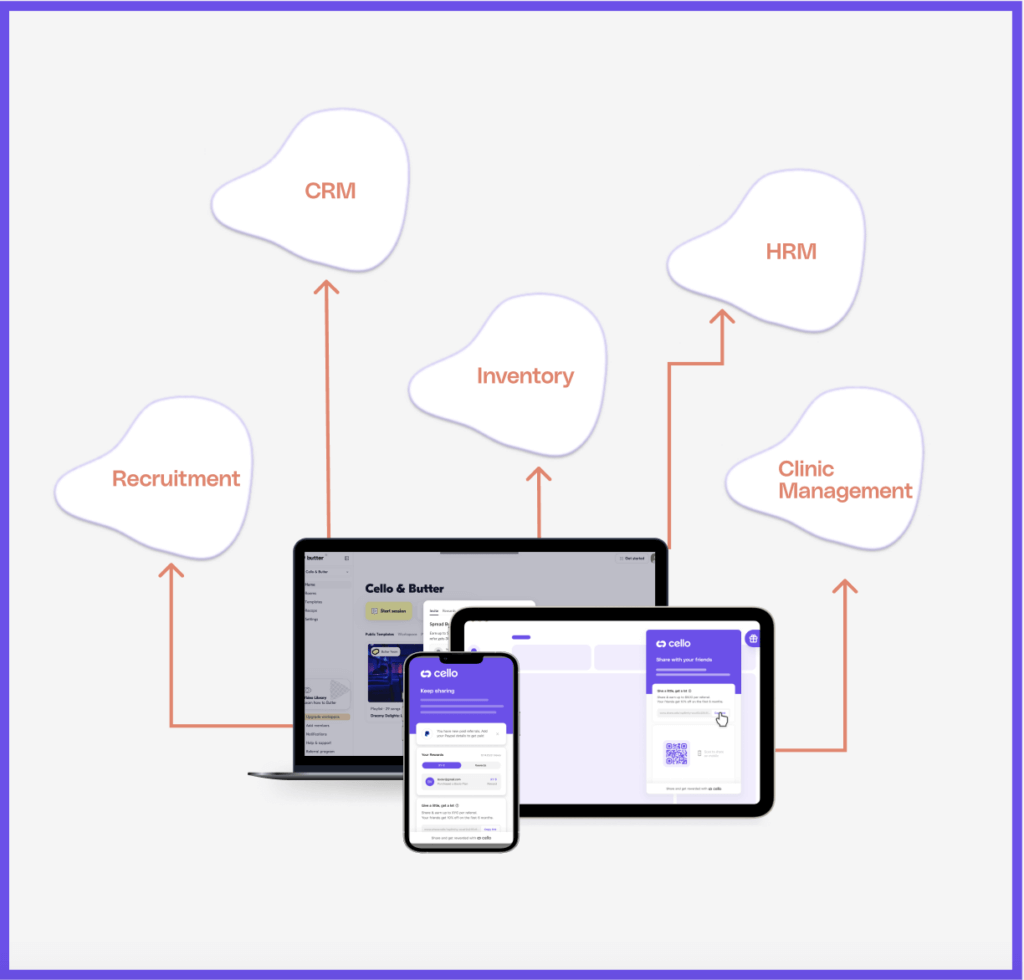
One of the key advantages of these platforms is their scalability. As businesses grow, these platforms can easily accommodate increased usage and evolving requirements. This scalability is often more challenging with traditional software applications, which may require significant upgrades or replacements to handle growth.
Key differences from regular applications
Several factors distinguish cloud-based platforms from regular software applications:
- Deployment and Maintenance: Cloud platforms are hosted and maintained by the vendor, eliminating the need for businesses to manage their own IT infrastructure. Regular software applications often require on-premises installation and ongoing maintenance by the business's IT team.
- Accessibility: Cloud-based solutions can be accessed from anywhere with an internet connection, providing greater flexibility for remote work and collaboration. Traditional software is typically installed on specific devices, limiting accessibility.
- Updates and Upgrades: With cloud platforms, updates and new features are automatically rolled out to all users. Regular software often requires manual updates, which can be time-consuming and may lead to version inconsistencies across an organization.
- Pricing Model: Cloud-based services usually operate on a subscription basis, allowing businesses to pay for what they use. Traditional software often involves upfront licensing fees and ongoing maintenance costs, which can be less flexible for growing businesses.
- Customization and Integration: While regular software can be customized, the process is often complex and may require significant development resources. Cloud platforms are designed with customization in mind, offering APIs and integration capabilities that make it easier to tailor the software and connect it with other business tools.
- Scalability: Cloud-based solutions are built to scale easily, accommodating growth without requiring major changes to the underlying infrastructure. Scaling traditional software applications can be more challenging and may involve hardware upgrades or software redesigns.
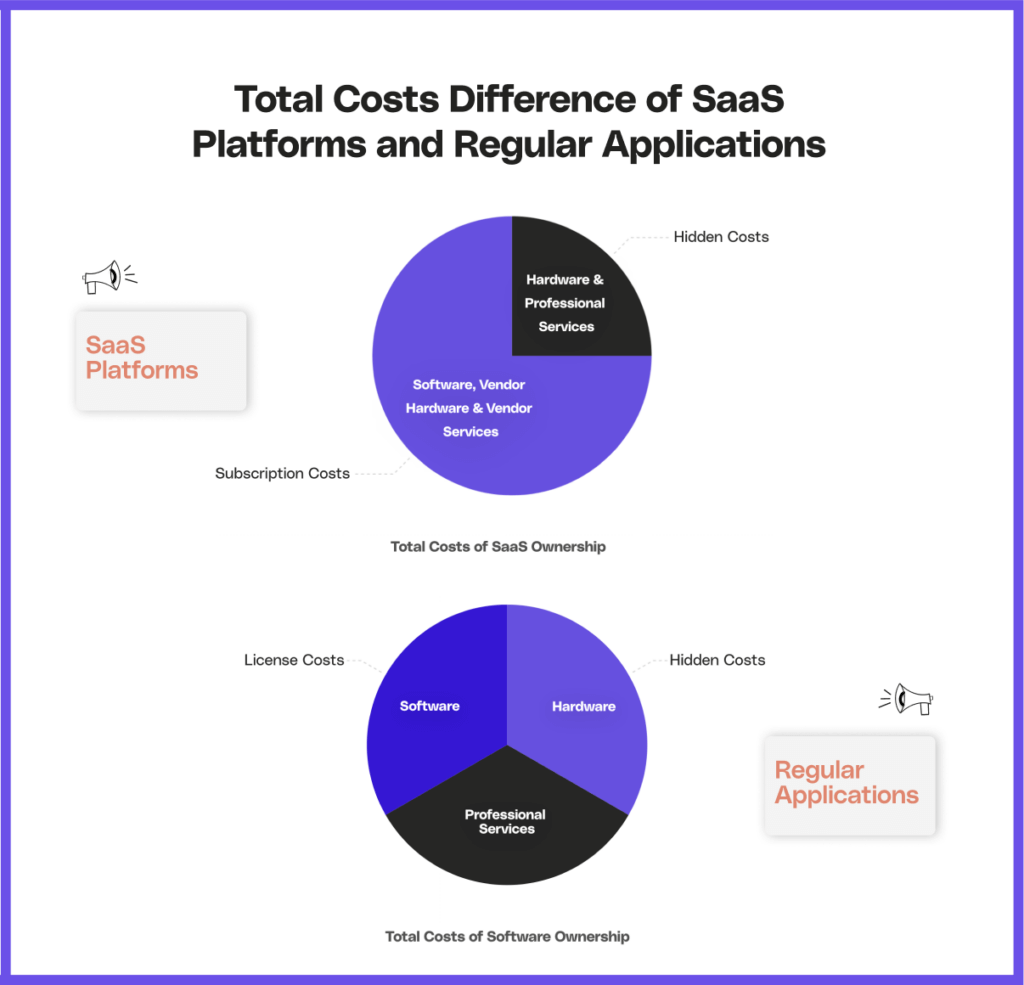
Choosing the right solution for your business
When deciding between cloud services, platforms, or traditional software applications, it's essential to consider your business's specific needs, growth projections, and desired level of customization.
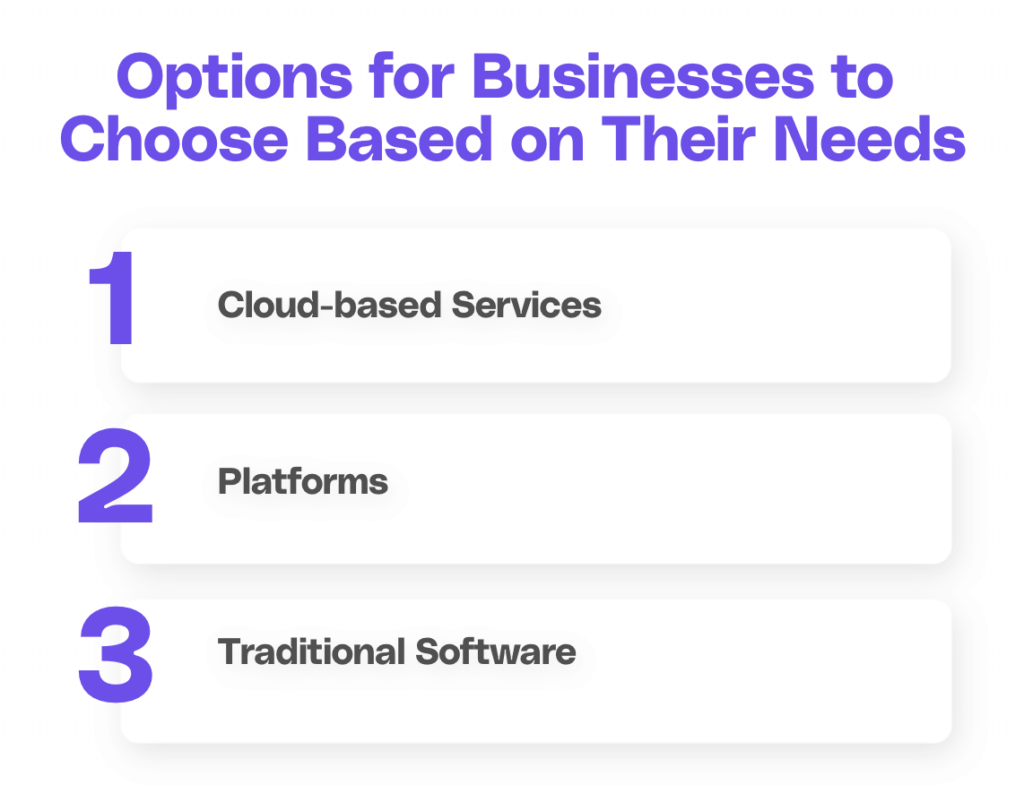
Selecting the right software is crucial for business success. Today's options range from ready-to-use solutions to customizable platforms. To help businesses choose, let's examine the main types of software available:
- Cloud-based software platforms: A middle ground, combining cloud benefits with customization options. Suitable for businesses seeking balance between ready-made and tailored solutions.
- Platforms: Best for specialized needs and custom solutions. Offers flexibility and potential competitive advantage.
- Pure cloud-based applications: Ideal for standardized processes and minimal IT overhead. Quick to deploy and easy to use.
Consider your specific requirements, IT capabilities, and growth plans when making your decision.
The future of SaaS and platforms
As technology evolves, we can expect innovations in cloud-based services and platforms. Artificial intelligence and machine learning will likely play a crucial role, enabling more intelligent and predictive software solutions. Low-code and no-code development tools are also gaining traction, making it easier for businesses to customize their software without extensive coding knowledge.
In conclusion, understanding the differences between cloud-based services, platforms, and traditional software applications is essential for making informed decisions about your business's technology stack. By carefully evaluating your needs and considering factors such as scalability, customization, and integration capabilities, you can choose the solution that best supports your business goals and positions you for future success.
Empower your SaaS with Cello's peer-to-peer referral program
As you explore the potential of SaaS and platforms for your business, consider the power of user-led growth to amplify your success. With Cello, you can effortlessly integrate a peer-to-peer referral program into your SaaS product, transforming your users into a dynamic growth channel. Experience the simplicity of our seamless integration, enjoy the benefits of automated rewards, and track your viral growth with real-time analytics. Ready to witness how Cello can revolutionize your user acquisition strategy? Book a demo today and join the ranks of businesses like tl;dv, achieving remarkable referral signups and conversion rates.
Resources
Related articles
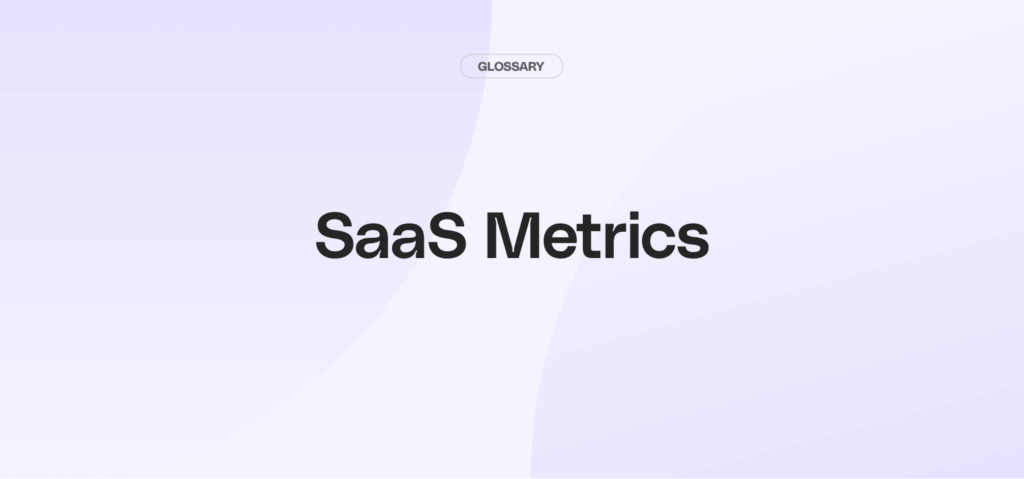
What are SaaS metrics that matter?
Discover the essential SaaS metrics that every business should track to measure success and ...
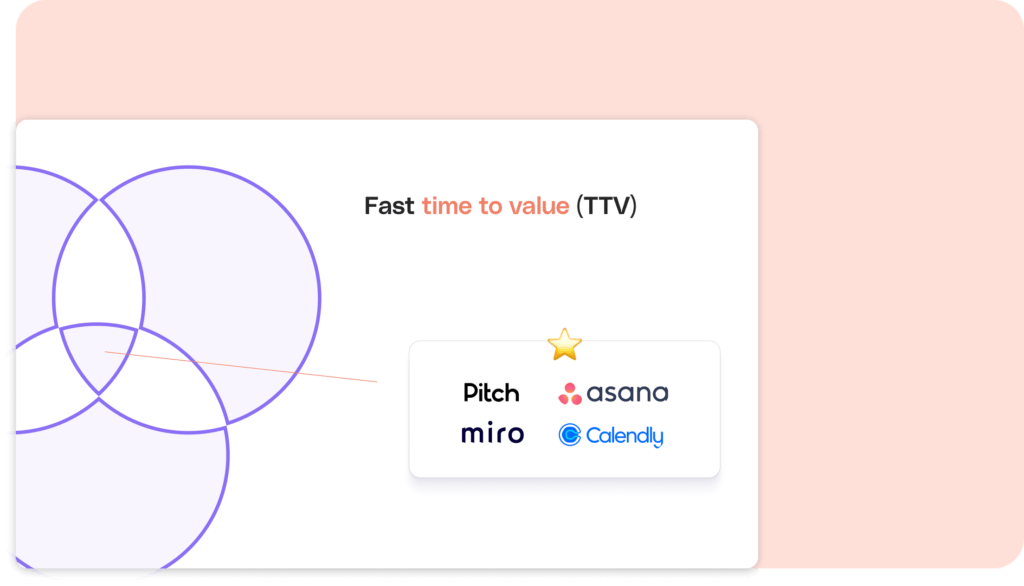
B2B Referral Program Examples
Uncover B2B referral program examples and learn from best practices how other companies utilize ...
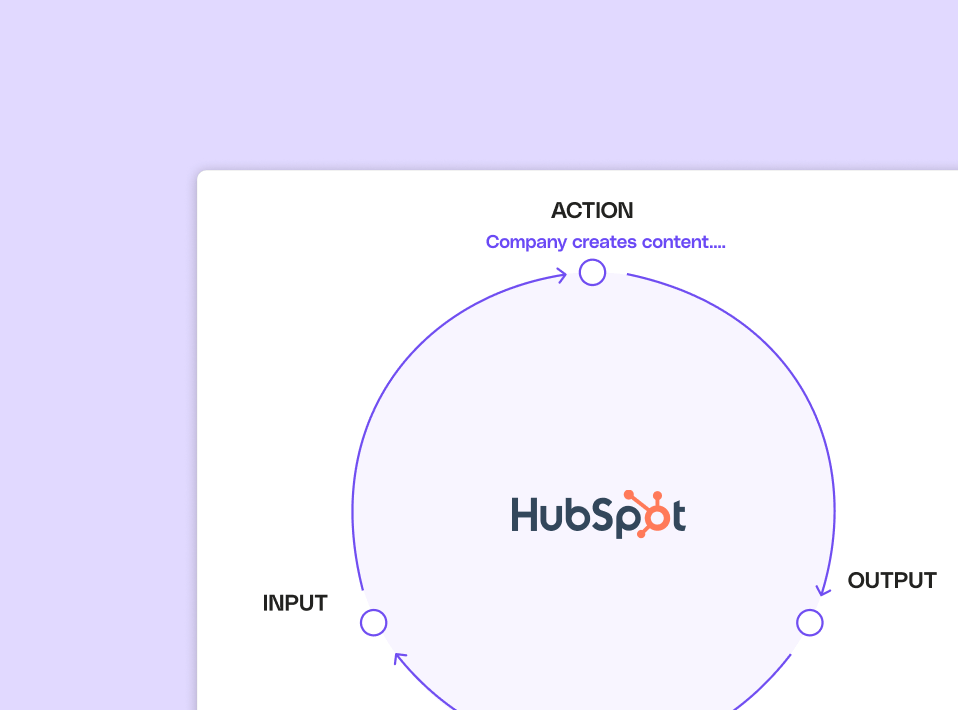
Complete Guide to Company-Generated Content Loops
Uncover the power of company-generated growth loops and learn how businesses can create ...
